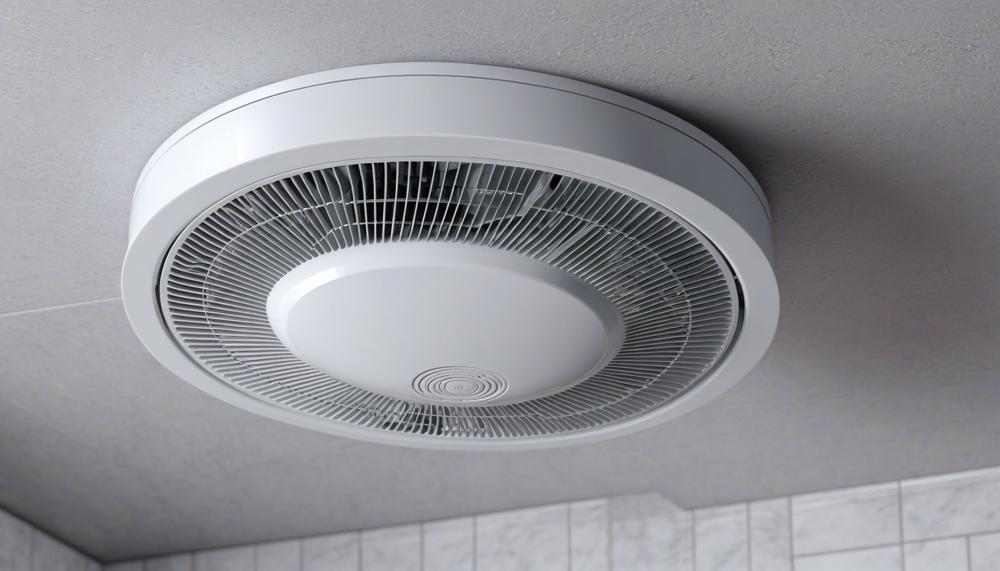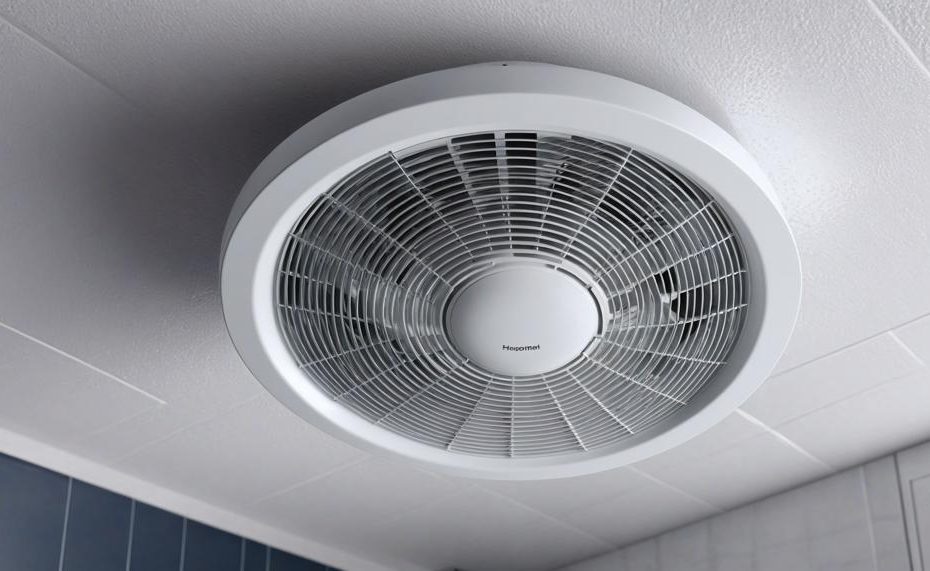In the age of smart homes, the automatic bathroom fan is a convenient ally, whisking away humidity and ensuring our bathrooms remain fresh. But what if you want to take control and turn off that fan? The good news is, it’s a simple task.
To turn off an automatic bathroom fan, locate the master override switch, typically found near the thermostat, inside the electrical panel, or within the fan itself. With just a flick, you can deactivate the automatic feature and gain manual control.
Contents
Key Takeaways:
- Location of Switch: Find the master override switch near the thermostat, inside the electrical panel, or within the fan.
- Energy Savings: Manually turning off the fan when not in use can reduce energy consumption and lower electricity bills.
- Fan Longevity: Avoiding unnecessary operation can extend the lifespan of the fan, saving you money on repairs or replacements.
- Improved Safety: Manual control prevents excessive wear and tear, reducing the risk of breakdowns.
- Convenience: The master override switch makes it easy to clean and test the fan without automatic interruptions.

So, whether you’re looking to save on electricity or simply want the peace of mind that comes with manual control, knowing how to turn off your automatic bathroom fan is a handy skill that’s just a switch away.
Step 1: Locate the fan switch
To easily find the fan switch in your bathroom to turn off the automatic fan, follow these steps:
- Check Near the Thermostat: Often, the master override switch for the bathroom fan is located near the thermostat. Look for a small switch or button that can disable the automatic function.
- Inspect the Electrical Panel: Another common location for the master override switch is inside your home’s electrical panel. Open the panel and look for a labeled switch or circuit dedicated to the bathroom fan.
- Examine the Fan Unit: Sometimes, the switch can be found inside the fan unit itself. Carefully remove the fan cover and look for a small switch or button inside the housing.
- Look for a Dedicated Control Switch: In some cases, there may be a separate control switch mounted on the wall near the bathroom light switch. This can be used to manually turn the fan on or off.
- Consult the User Manual: If you are unable to find the switch using the steps above, refer to the user manual of your fan. It will often include diagrams and specific instructions for locating the master override switch.
Step 2: Toggle the fan switch to the “off” position
To turn off your automatic bathroom fan, follow these steps:
Locate the Fan Switch
First, identify the location of the fan switch. This is usually on the wall near your bathroom entrance or alongside other switches.
Toggle the Switch to the “OFF” Position
Once you’ve found the switch, simply flip it to the “OFF” position. This action will cut the power to the fan, stopping it immediately.
Test the Fan
After toggling the switch, verify that the fan has indeed turned off. If the fan continues to run, you may need to investigate further.
Alternative Methods
Circuit Breaker: If the switch doesn’t work, you can turn off the fan by locating and flipping the relevant breaker in your electrical panel. This method shuts off the power to the fan entirely.
Humidity Sensor: Installing a humidity sensor can automate the process. These sensors turn the fan on and off based on the room’s humidity levels, ensuring efficient operation without manual intervention.
Step 3: Test the fan to ensure it is turned off
To ensure that your automatic bathroom fan is completely turned off, follow these practical steps:
- Locate the Switch: Find the fan’s wall switch, typically situated near the fan or adjacent to the bathroom. This may be a simple toggle or push-button type.
- Turn Off the Switch: Flip or press the switch to the “off” position. Ensure it’s firmly set to avoid accidental activation.
- Confirm with Light: Turn on the bathroom light to check if the fan remains off. If it turns on with the light, the switch might control both, or you may have a combined fixture.
- Check for Timers or Sensors: Modern fans might have timers or humidity sensors. If so, manually turn these to the off position as per the manufacturer’s guidelines. Refer to your user manual if the switch isn’t obvious.
- Inspect the Circuit Breaker: If there’s no dedicated switch, locate your home’s electrical panel. Find the breaker labeled for the bathroom and flip it off to cut power to the fan.
- Verify Complete Shutdown: After switching off, wait a few moments to ensure the fan remains inactive. Listen for any noise or air movement.
Conclusion
Taking control of your automatic bathroom fan is a straightforward process that brings several advantages. To begin, locate the master override switch, typically found near the thermostat, inside the electrical panel, or within the fan unit itself. This simple step allows you to deactivate the automatic feature, enabling manual operation.
Manually controlling your bathroom fan can lead to significant energy savings, as you can turn it off when not needed, reducing electricity consumption and lowering utility bills. Additionally, it helps in prolonging the fan’s lifespan by avoiding unnecessary wear and tear, ultimately saving you money on repairs or replacements. Enhanced safety is another benefit, as manual control prevents excessive use that could lead to breakdowns.
Furthermore, the convenience of an easily accessible master override switch means you can effortlessly clean or test the fan without it running automatically. By following these steps, you ensure your bathroom fan operates only when necessary, contributing to a more efficient and cost-effective home environment.
In summary, understanding how to turn off your automatic bathroom fan empowers you with better control over your household utilities, offering both practical and financial benefits.





